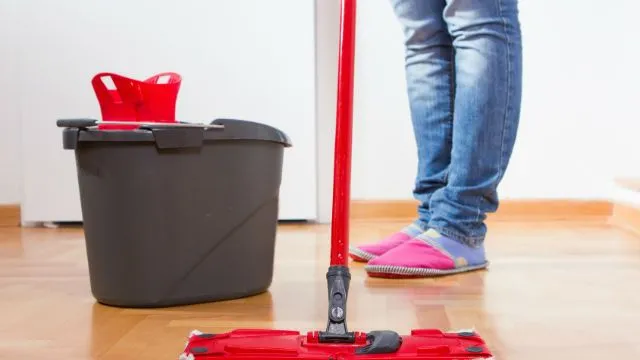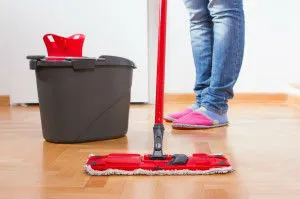
- Share on Facebook123
- Share on Pinterest
- Share on Twitter
Most people don’t really think about dust, especially when it’s hiding in corners and underneath furniture. Until it starts to coat every crevice and surface in your home, you probably tend to ignore it. After all, it’s just dust, right?
However, dust isn’t just unsightly. Dust is actually a collective term to describe the wide variety of organic and inorganic particles that can collect in the home. Most of it is made up of shed human skin cells, which is why the rooms most used in the house generally tend to have the most dust. Dust mites, which are microscopic living organisms, live off of these skin cells – and as dust on mattresses, bedding and sofas contain lots of skin cells, the dust mites follow.
It’s not just skin cells and dust mites – dust can contain all sorts of compounds, some of which are even considered to be toxic. It may contain things like pet dander, rodent waste, paint particles, pollen, bacteria, viruses, plant and insect parts, heavy metals or even cigarette smoke and flame retardants.
When you walk around or vacuum, these particles are stirred up into the air, along with any potential toxic chemicals and a host of other rather unappetizing items. Residents in the home then breathe in these particles or absorb them through their skin.
If there are small children or infants in the home that crawl on the floor, they can ingest quite an amount of dust from licking their hands. As their bodies are still developing, it means they are also at an increased risk of health problems.
Allergies. Many people are allergic to dust mites. For about 20 million Americans, they’ll develop symptoms like red, itchy and watery eyes, sneezing, and/or a runny, itchy, stuffy nose. While medication can help, it also comes with a number of side effects. You’re much better off reducing your exposure to dust.
Asthma. Dust mites can even trigger an asthma attack. Bacteria by-products in household dust are also known to trigger asthma. The greater the exposure, especially during windy days or during cleaning, the greater the probability of having an asthma attack.
Dermatitis. In some people, inhaling dust can cause flare-ups of atopic dermatitis and skin conditions like eczema.
Interfering with brain development. If the dust in your home contains PBDEs (Polybrominated diphenyl ethers), which are flame retardant compounds used to reduce flammability of common household items like furniture, carpet padding and textiles, it can potentially lead to a toxic disruption of developing hormone systems and the brain.
The best thing you can do is to limit the amount of dust in your home. Some of the most effective ways to do this include:
- Use an air cleaner with a HEPA filter. This can help remove some allergens (such as pollen or animal dander) and tobacco smoke from the air in your home.
- If you have wall-to-wall carpet, tear it out and replace it with wood or tile flooring if you can, as it’s one of the leading causes of excess dust in the home. You should also avoid furniture covered with fabrics. Use pillow and mattress covers made from a tight-weave fabric that keeps out dust and dust mites. Use furniture made of wood, plastic, leather or vinyl that you can wipe clean.
- Damp-mop hard floors such as tile or hardwood once a day.
- Dust and vacuum once or twice a week to remove the buildup of allergens. Use a dry cloth to wipe hard surfaces such as countertops, tables and other furniture.
- Put airtight, plastic dust-mite covers on pillows, mattresses and box springs.
- Use pillows filled with polyester fibers instead of feathers.
- Wash bedding in very hot water (over 130 F) once a week. The water needs to be this hot to kill dust mites. Dry the bedding in a hot dryer.
 There is no way to completely eliminate dust, but by following these tips you can significantly reduce the health risks of the dust in your home, so that you and your family can breathe easier!
There is no way to completely eliminate dust, but by following these tips you can significantly reduce the health risks of the dust in your home, so that you and your family can breathe easier!
-The Alternative Daily
Source:
http://www.webmd.com/allergies/guide/dust-allergies
- Share on Facebook123
- Share on Pinterest
- Share on Twitter

